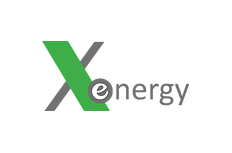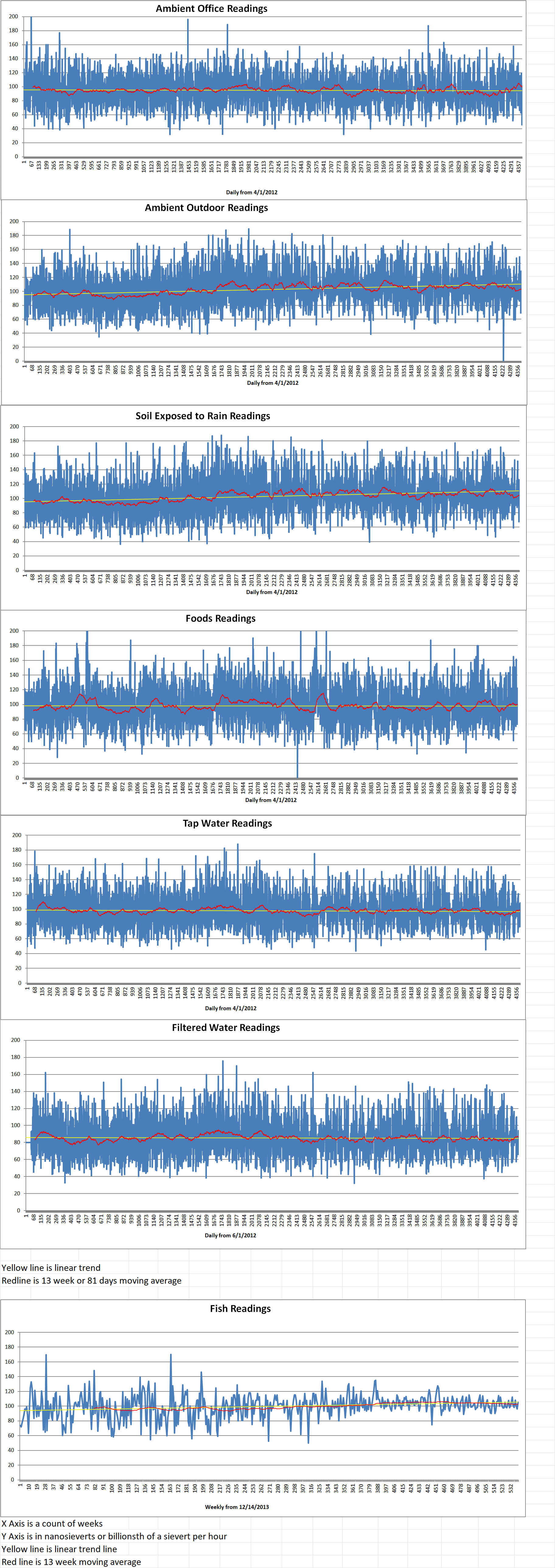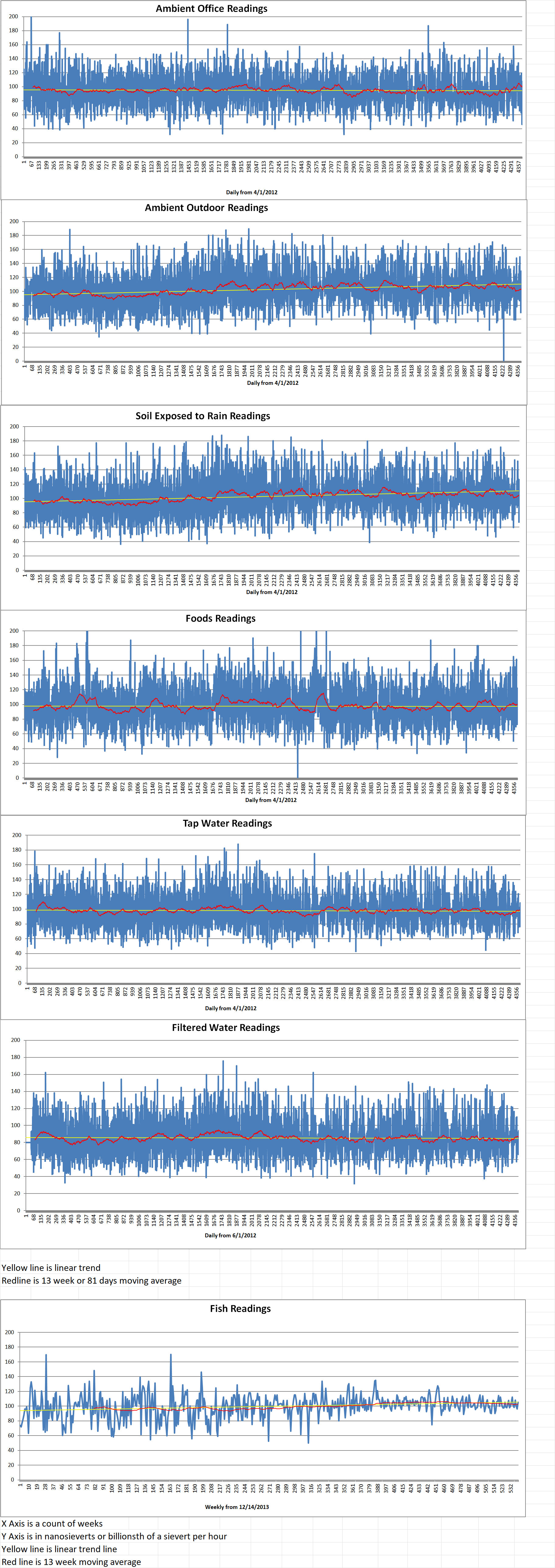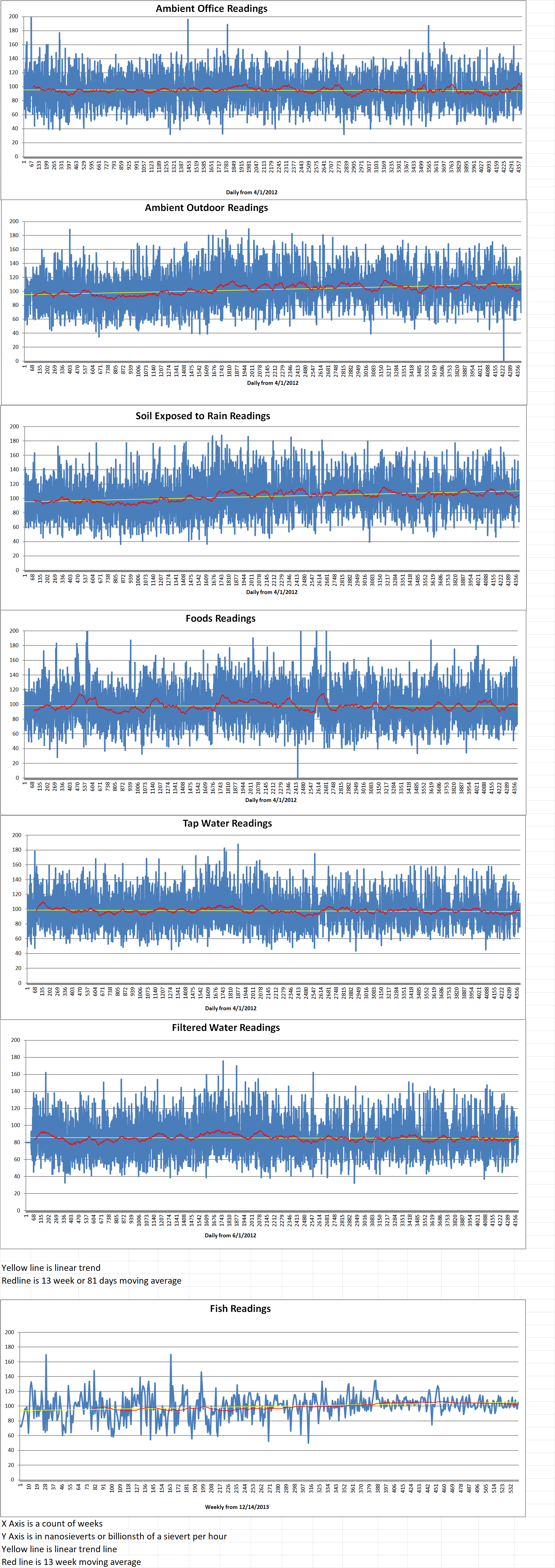Part 2 of 2 Parts (Please read Part 1 next)
Kairos will also face the challenge of sourcing the TRISO fuel it needs which contains a more enriched form of uranium than current nuclear plants use. Currently, not enough of it is produced. However, the company argues that customer demand, like that from Google, “sends a meaningful signal” to producers.
For nuclear tech companies, SMRs are appealing because their size means that they can be built closer to the grid than traditional nuclear power plants. It is claimed that they’re faster to build, and cost less. An Amazon spokesperson said that “We remain committed to renewable energy and have been the largest corporate purchaser for four years in a row. But we know we’ll also need other sources of reliable carbon-free energy to meet the growing needs of our business. Expanding our energy investment strategy to include other forms of carbon-free energy, including nuclear, is the most viable option to help bridge this gap.”
The “‘always-on’ nature of nuclear is valuable,” says a Google spokesperson. In reality, the average commercial nuclear power reactor is operational about ninety five percent of the time. Google mentions that the company is continuing to deploy new wind, solar, geothermal, and battery storage projects. Geothermal power can also provide the 24/7 energy that data centers need. Google recently worked with a startup to help deploy a next-generation geothermal power plant that could be used in more locations.
Kairos says it’s possible to come to bring TRISO reactors to market very quickly. A spokesperson said that “The conventional nuclear development model is long, slow, and capital-intensive. Kairos Power is disrupting that model by embracing a rapid iterative approach, which accelerates test cycles for innovation and optimization.”
With respect to its new demonstration reactor, the company got the first construction permit for a nontraditional nuclear reactor to be issued by the Nuclear Regulatory Commission (NRC) in more than fifty years. The company intends to begin running its demonstration reactor in 2027. They hope to have the first reactor for Google running just three years later.
Lyman is very skeptical that new advanced nuclear plants could be ready to run on schedule by the end of the decade. He remarked that “Tech companies see themselves as visionaries. They don’t like to hear naysayers. They think they’re the masters of the universe. But the fact is that nuclear power is kind of resistant to significant improvements that reduce the cost in time to build safe facilities. There’s just a lot of development and it’s very slow and painstaking work. It’s not building something in your garage with circuit boards.”
The advanced nuclear reactor projects will also have to get regulatory approval from the NRC. Attempts to reopen older nuclear power plants that have been closed like Microsoft’s plan to restart a reactor at Three Mile Island could also face fatal challenges.
It makes sense for nuclear tech companies with aggressive goals to cut emissions to be looking for multiple new solutions. However, given the immediate need for more clean energy for data centers now, it’s not exactly clear why they aren’t filling the gap with even more of the renewable solutions that already exist and don’t produce nuclear waste.
Lyman says, “I certainly don’t think any of these timelines are realistic. At best, they’re going to get a few boutique reactors that will be really expensive to run, and will probably end up being more of a headache for them than anything else.”
Blog
-

Nuclear Reactors 1444 – Major Corporations Are Investing In New Advanced Nuclear Reactors Designs Utilizing TRISO Fuel To Power Data Center – Part 2 of 2 Parts
-
Nuclear News Roundup Nov 05, 2024
Nuclear reactor project with promise at RELLIS Campus continues moving forward kbtx.com
NuScale bullish on SMR nuclear prospects despite regulatory setbacks datacenterdynamics.com
UN nuclear chief heads to Iran for crucial talks yahoo.com
Japan’s nuclear watchdog disqualifies a reactor for the first time since Fukushima disaster mymotherlode.com
-

Geiger Readings for Nov 05, 2024
Ambient office = 80 nanosieverts per hour
Ambient outside =114 nanosieverts per hour
Soil exposed to rain water = 112 nanosieverts per hour
English cucumber from Central Market = 87 nanosieverts per hour
Tap water = 84 nanosieverts per hour
Filter water = 76 nanosieverts per hour
-

Nuclear Reactors 1443 – Major Corporations Are Investing In New Advanced Nuclear Reactors Designs Utilizing TRISO Fuel To Power Data Center – Part 1 of 2 Parts
Part 1 of 2 Parts
Tech companies are scrambling to find new power sources for AI’s huge energy needs. Some of them are turning to startups that are developing new nuclear technology. Google recently announced that it plans to start using power from Kairos Power’s small modular reactors (SMRs) by 2030. Amazon is investing in X-Energy, which is another nuclear startup. Microsoft hasn’t yet announced a similar investment. However, Microsoft recently agreed to purchase electricity from Helion Energy’s first fusion power plant, scheduled for deployment in 2028.
Nuclear boosters claim that the newest nuclear tech is safer and more sustainable than traditional nuclear power plants. However, some critics argue that next generation “advanced” nuclear technology isn’t necessarily that advanced and that it’s unlikely to be ready on the timeline that Big Tech wants.
Ed Lyman is the director of the nuclear power safety program at the nonprofit Union of Concerned Scientists. He said, “I think it’s highly unlikely that these reactors are going to perform the way that their developers are promising.”
X-Energy is making a small reactor filled with fuel “pebbles”, each around the size of a billiard ball. They contain thousands of tiny particles of uranium that are each surrounded by layers of carbon. This type of fuel is “tristructural isotropic” fuel (TRISO). The Department of Energy (DoE) calls it “the most robust nuclear fuel on Earth,” a claim that Lyman says is “wildly overhyped.”
TRISO fuel continuously rotates through the core of the reactor, along with helium that absorbs the heat. The heat turns water into steam which drives a turbine to make electricity. The X-Energy claims that its design is “meltdown-proof” and says the particles “retain their integrity under all foreseeable conditions.”
Lyman wrote a detailed report about next-gen nuclear reactors in 2021 and closely follows the industry. He argues that it’s too early to say that it’s safe. He explains that “X-Energy’s specific fuel type has not yet been tested under any circumstances.” When TRISO fuel from another manufacturer was tested in a reactor at Idaho National Laboratory, the experiment had to stop early because it was producing high levels of radioactive cesium at certain temperatures. X-Energy also claims that its fuel is so inherently safe that a containment building isn’t necessary, but Lyman disagrees. He says that the reactors could be vulnerable to air or water leaks, and that the TRISO fuel has to be made to exacting specifications that have yet to be proven. He adds that “They’re still kind of basing all their safety analyses on optimistic assumptions.”
X-Energy says their reactors run efficiently, using more than ninety percent of the available uranium in each pebble. However, Lyman says it’s less efficient than traditional nuclear power plants and that it generates more radioactive waste. The spent fuel will be stored on site for the 60-year life of the reactor. After that the DoE will have to store it in a geological repository. So far, these repositories don’t exist, and nuclear waste from decades of older nuclear power plants is still piling up. The U.S. started to build a repository in Arizona at Yucca Mountain, but the project was canceled in 2011.
Kairos also uses TRISO fuel, with their own type of reactor. Lyman argues that there are other problems with the Kairos reactors. He says that the coolant that the company uses is corrosive and it could be difficult to find materials for the reactor that won’t be damaged by it. Kairos responded that it has done thousands of hours of testing with “very little corrosion” under normal operating conditions. Lyman still says that it’s too early in the process to know how the reactor will actually perform. Construction began in July on the company’s demonstration reactor in Oak Ridge, Tennessee.
The full-scale TRISO reactor will also release more tritium, a radioactive isotope of hydrogen, than existing nuclear power plants. Lyman argues the tritium poses a threat to the environment. Kairos says the levels of tritium release “do not pose a significant risk to public health or the environment.” They note that some level of tritium naturally exists in groundwater. They say that they will “conduct regular monitoring and mitigation efforts to limit any tritium releases.”
Please read Part 2 next -
Nuclear News Roundup Nov 04, 2024
Minister confirms February start date for Bruce 4 MCR world-nuclear-news.org
Second Japanese BWR set to restart next month world-nuclear-news.org
Texas A&M offers test-bed sites for SMRs world-nuclear-news.org
Concreting completed for the containment dome of Akkuyu unit 1 wolrd-nuclear-news.org
-

Geiger Readings for Nov 04, 2024
Ambient office = 46 nanosieverts per hour
Ambient outside = 110 nanosieverts per hour
Soil exposed to rain water = 112 nanosieverts per hour
Blueberry from Central Market = 122 nanosieverts per hour
Tap water = 108 nanosieverts per hour
Filter water = 94 nanosieverts per hour
-
Nuclear News Roundup Nov 03, 2024
Nuclear Debris from Fukushima Plant Moved to Lab nippon.com
SUNY Sullivan hosts event to remember nuclear test victims with film screening and Q&A midhudsonnews.com
Rolls-Royce sells stake in SMR business to fund nuclear expansion thechemicalengineer.com
Russia Nuclear Attack Submarine Detected Near US Ally’s Waters newsweek.com
-

Geiger Readings for Nov 03, 2024
Ambient office = 68 nanosieverts per hour
Ambient outside = 129 nanosieverts per hour
Soil exposed to rain water = 126 nanosieverts per hour
Avocado from Central Market = 80 nanosieverts per hour
Tap water = 108 nanosieverts per hour
Filter water = 92 nanosieverts per hour
-
Nuclear News Roundup Nov 02, 2024
Iran’s nuclear sites ‘more exposed than ever,’ says new Israeli defense minister nupost.com
Nuclear watchdog chief says room to maneuver on Iran ‘shrinking’ citizentribune.com
Boiling water reactor at Shimane nuclear plant to be restarted in early December japantimes.com
NANO Nuclear joins US-Southeast Asia nuclear initiative investing.com
-

Geiger Readings for Nov 02, 2024
Ambient office = 84 nanosieverts per hour
Ambient outside = 81 nanosieverts per hour
Soil exposed to rain water = 84 nanosieverts per hour
White onion from Central Market = 73 nanosieverts per hour
Tap water = 77 nanosieverts per hour
Filter water = 66 nanosieverts per hour
Dover Sole from Central = 105 nanosieverts per hour
